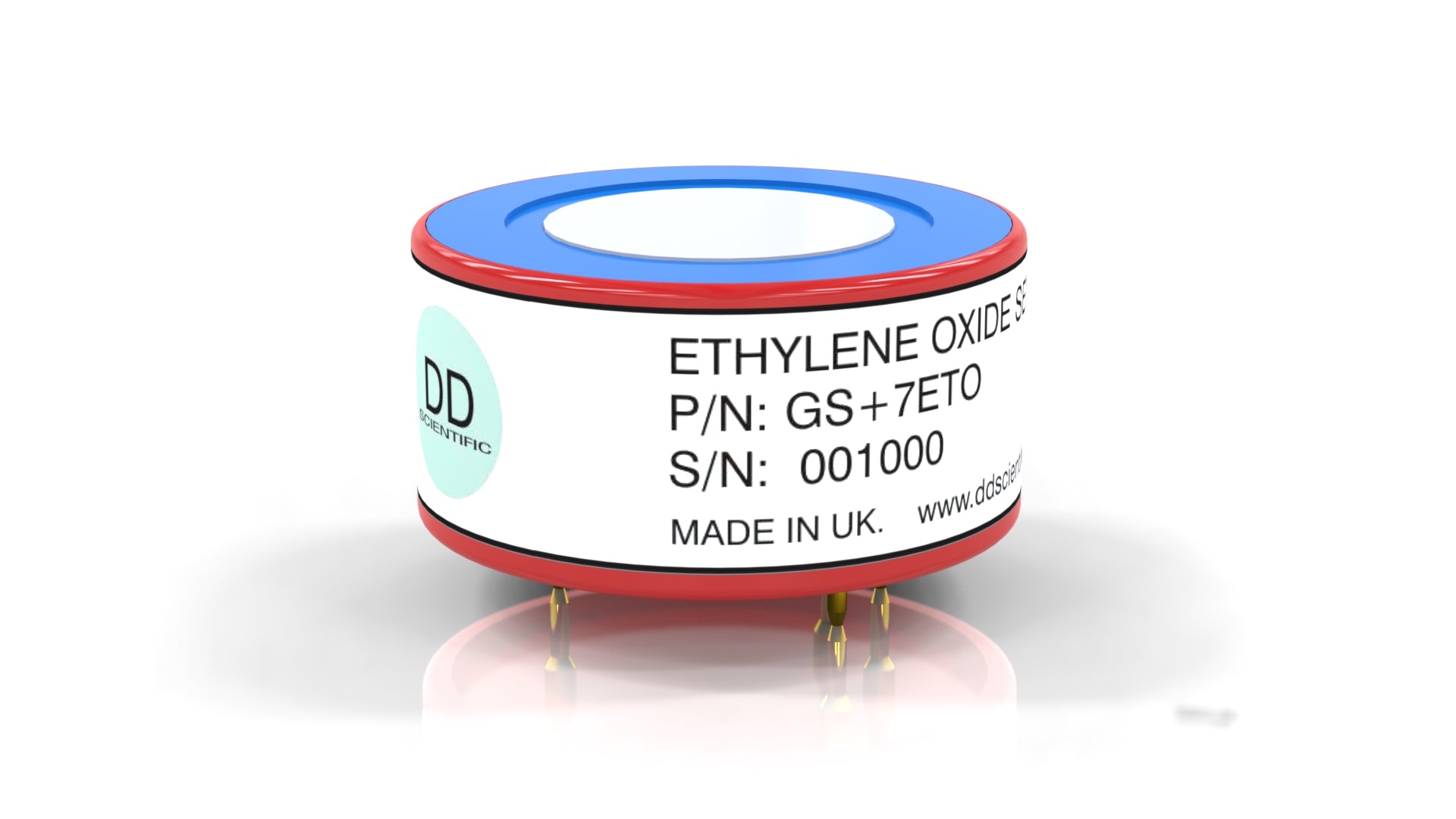What are the potential hazards of Ethylene Oxide (ETO)?
Ethylene oxide is classified as a known human carcinogen by several regulatory agencies. Prolonged exposure to ethylene oxide has been linked to an increased risk of cancer, particularly leukemia and lymphomas.
Inhalation of high concentrations of ethylene oxide can cause respiratory irritation, headache, dizziness, nausea, and vomiting. Short-term exposure to elevated levels may lead to central nervous system depression and even death.
Ethylene oxide exposure has been associated with adverse reproductive outcomes, including infertility, miscarriages, and birth defects. Pregnant women and individuals of reproductive age are particularly vulnerable to these effects.
Ethylene oxide emissions contribute to air pollution and can have detrimental effects on ecosystems and wildlife. It is also persistent in the environment and can contaminate soil and water sources. Understanding the hazards associated with ethylene oxide is essential for implementing appropriate safety measures to protect workers, communities, and the environment from its adverse effects.

Mitigate risk with DD-Scientific
Understanding the hazards associated with ETO is essential for implementing effective control measures to protect both human health and the environment.
Mitigation of ETO related risks relies upon fast, precise and reliable detection, features DDS sensors are guaranteed to deliver.
If you can't find the sensor type you are looking for or need help with sensor selection dont hesitate to get in touch.






